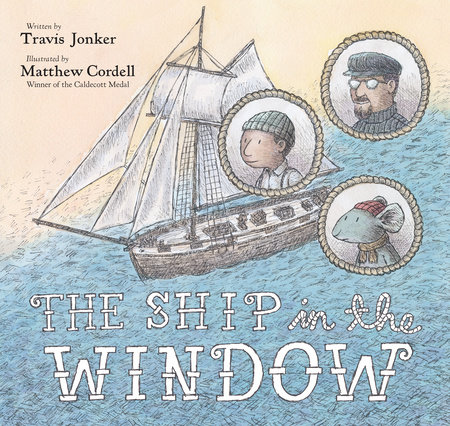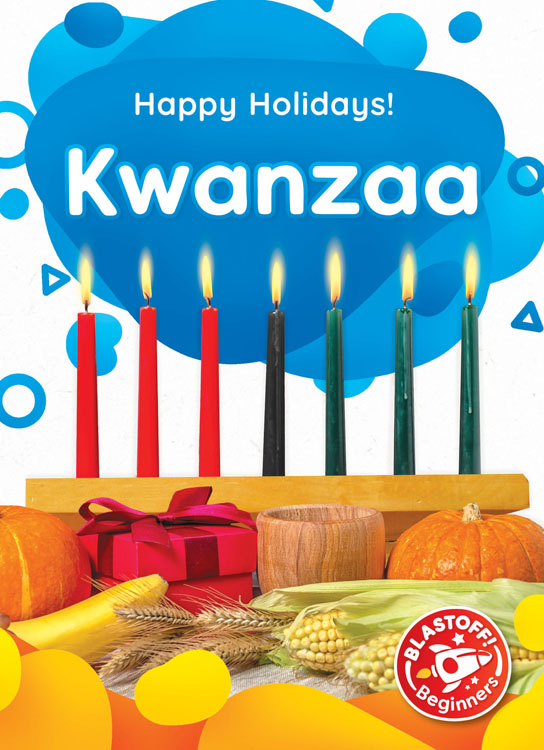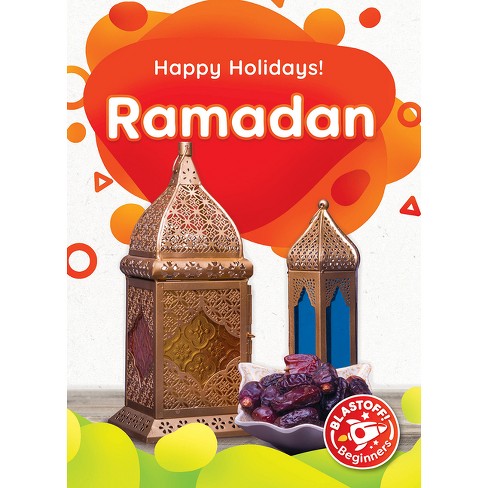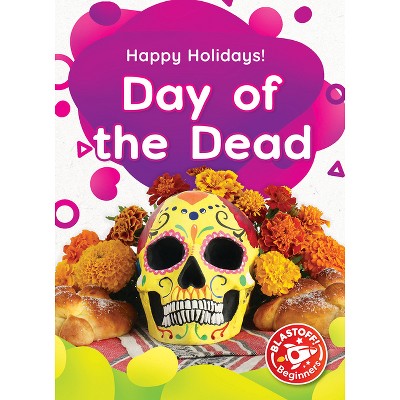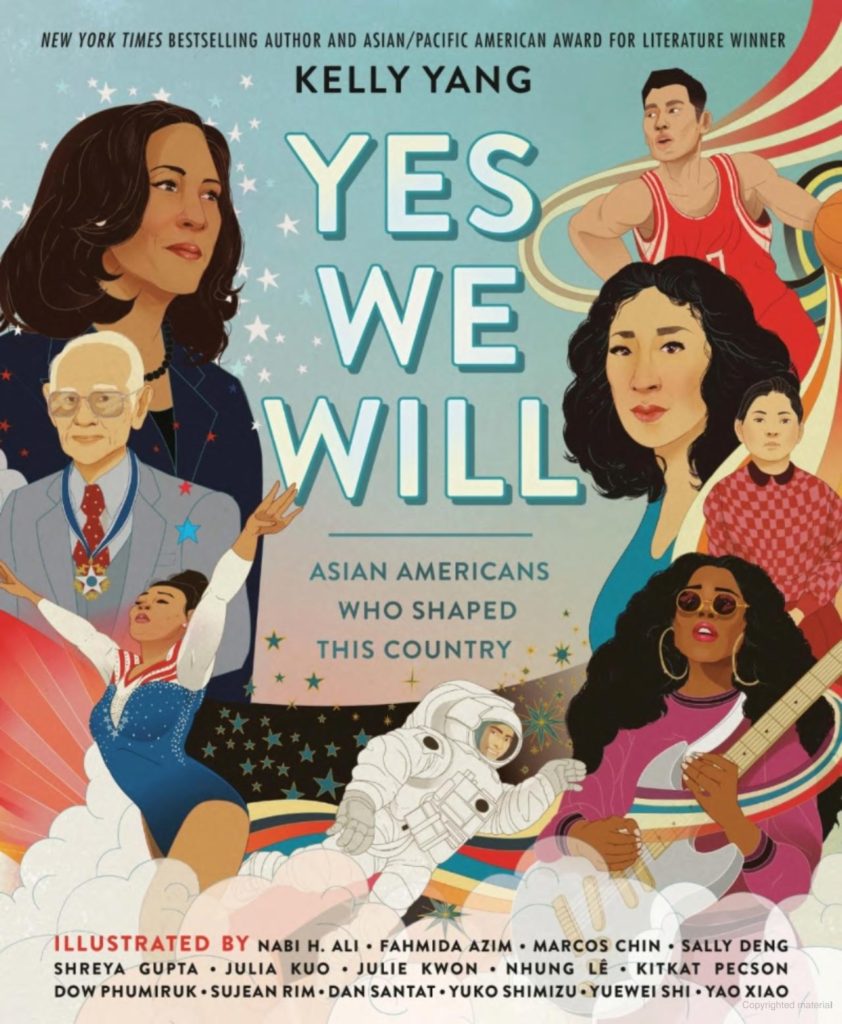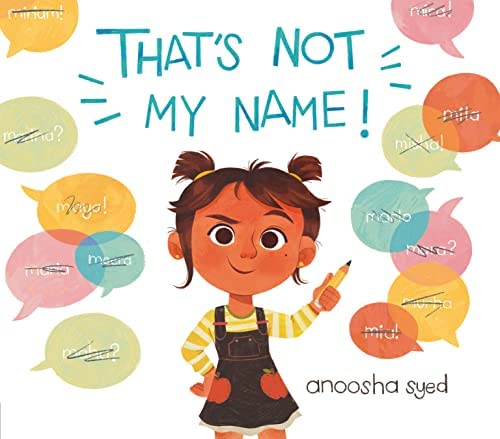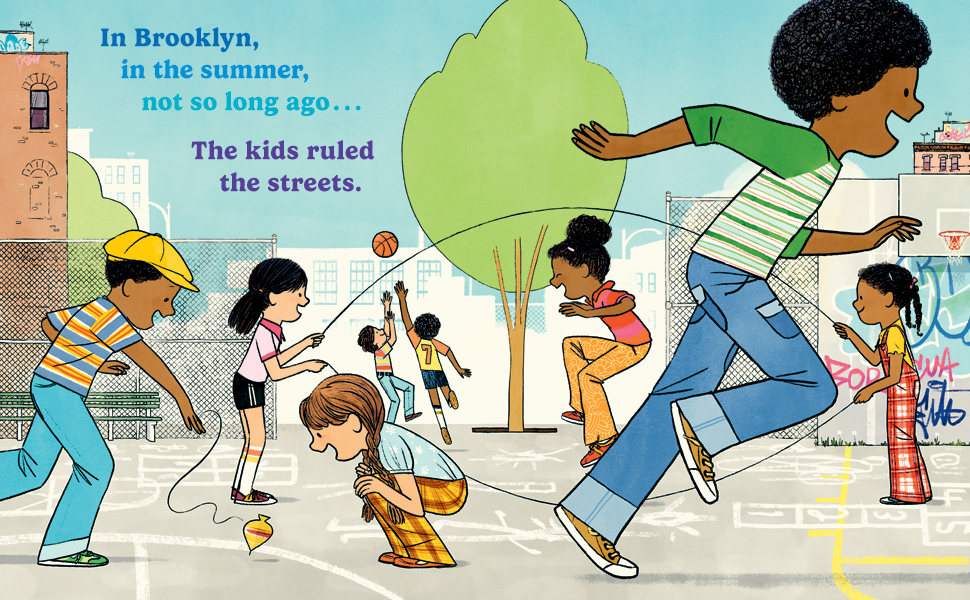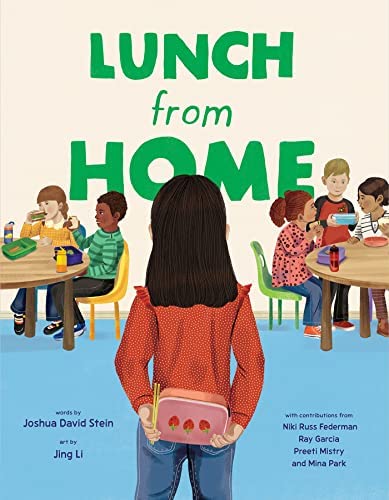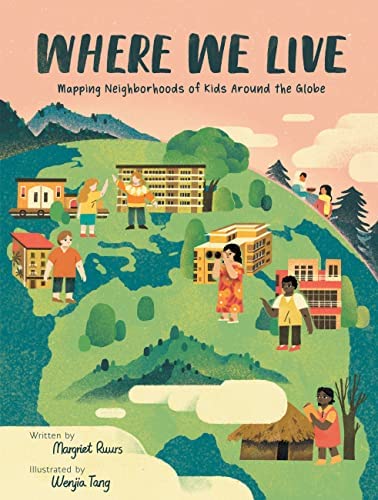The Perfect Place (y El Lugar Perfecto lo mismo en español) is written by Matt de la Peña and illustrated by Paola Escobar. Another important, accessible, and amazing story from de la Peña! The reader will 100% relate to Lucas who just wants to be perfect and have his home life match that image. But, his life at home is far from the pristine halls of his private school – power often goes out, his parents are busy working both in the daytime and nighttime and he shares a room with his little sister. But, one night, after falling asleep he is awakened by a gentle light that lures him towards it. In this place everything is perfect. Everything works, everyone has time for him, everyone seems happy. Lucas is so very happy to be here where it seems just as perfect as his school. But, as soon as a boy (who looks just like Lucas) accidentally drops some orange juice, spilling it, everyone in this perfect place gets very worried and the boy is asked to leave, no longer welcome as he made a mistake. This is the moment Lucas realises he doesn’t want to be somewhere perfect. He finds his way home to his family waiting to celebrate him, love him, and care for him no matter how perfect of imperfect he is in that moment.
This beautiful book belongs in classrooms, libraries and counselor’s offices.



